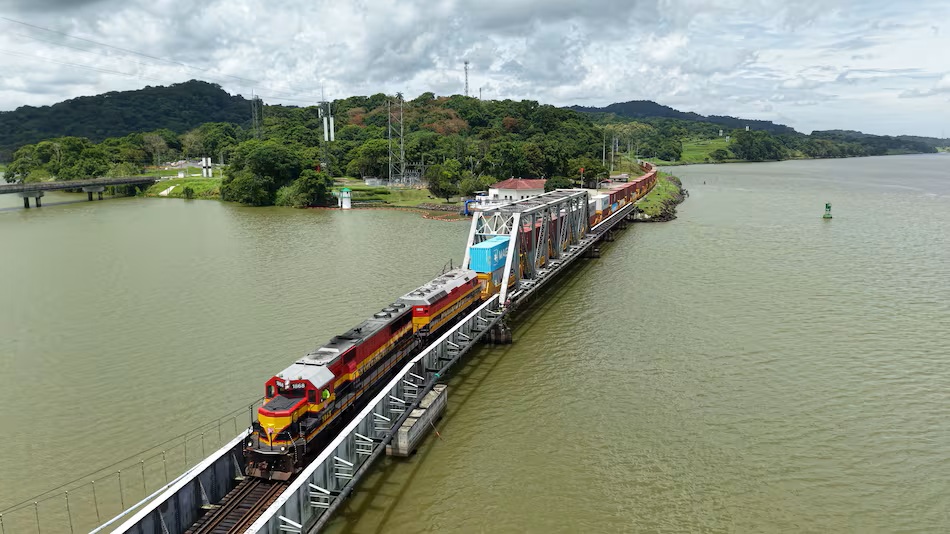Panama’s big spenders won’t notice price leap


From the Sidelines
Gasoline prices in Panama will jump a stunning 34 and 35 cents a gallon starting Saturday March 12 making early predictions of a 20-25 cents rise look almost sunny.
While the increasing price of fuel will have an immediate effect on the cost of living, according to the Consumer Protection Authority (acodec), it won’t reduce consumption.
Pedro Meilan told TVN on Thursday, March 10 that in 2008 when the world financial crisis sent gasoline prices sky high, more fuel was sold in Panama.
Meilán argued that in Panama drivers do nothing to save fuel. Perhaps, along with their high priced gas guzzling SUV’s they are flaunting their wealth. It's interesting to note that in London and Paris, where there are more millionaires and billionaires per square kilometer, SUV's are rarely see, although the occasional Rolls Royce is sometimes seen purring by, but RR recently unveiled an all electric model at the Geneva Moor Show.
Meanwhile the trickle down effect, is more likely to become a torrent for our lowest paid citizens most affected by the increase in the cost of food, transportation and increased sales taxes sending the the Canasta (basic food basic) rocketing.
In 2008, the effects sent thousands on to the streets in protest, but even when the price of oil fell, supermarkets demonstrated their ability to defy the laws of gravity. In their world in Panama, what goes up, rarely comes down.
The gasoline increases will be 35 cents on 95 octane and 34 cents on 91 octane. Deisel will climb 28 cents. With the disturbances in Libya pushing oil speculation up, we could hit the $4 a gallon level when anothe price increase falls due on March 25.
If cost doesn't worry you, the environment should.
Mining Futures
Environmentalists who have been following the discussions of mining corporations in a conference in Toronto, Canada, will not be enthused by the news that Panama has moved up the list of countries with mining potential.
In a study conducted by the Fraser Institute among 494 mining companies, of whom over 75 percent were planning to expand their exploration budgets, Panama moved from 56th to 48th.
The survey was conducted from October to December last year, when Panama’s doors were reported to be opening to foreign investment in mining, and the government was moving fast to enabling legislation.
The repeal, now underway, of law 8 after massive demonstrations across the country, may cause the Fraser Institute to look at its figures again.
Canadian companies are the most involved in mining in Latin America, but local environmentalists can take heart that Chile which got world wide recognition during the recent mining rescue “miracle” is still at the top of the exploitation list, and Mexico, Colombia, Peru and Brazil, are all further ahead.





